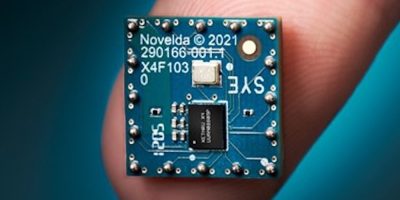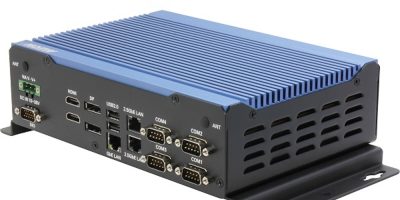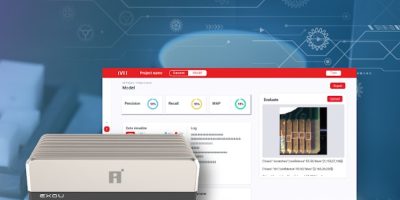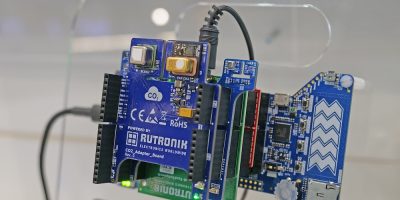Ultra-wideband (UWB) proximity sensors by Novelda save power in building lighting systems, and computers, smart appliances, chargers, smart locks, by only activating lights, LCD screens or any other enabled devices when users are present. The proximity sensor powers them down again as soon as users leave the detection zone.
The proximity sensor can extend LCD screen life from two to 10 years, lowering operational costs and enhancing sustainability through energy savings, the company says. The occupancy sensor features a configurable timeout of two minutes, reduced from the 15 minute timeout of competing lighting products, which offers significant energy savings while being able to detect occupants even when they are sitting still. It turns lights off soon after occupants leave the detection zone.
The sensor can enhance LCD screen lifetime, increases interactivity and gives devices an automated, power-saving mechanism. Its approach detection feature lights the display immediately upon approach, uses contextual awareness to inform the device of intended use and turns it off automatically once a person leaves the detection zone.
The sensor offers absolute range and a wide field of view. It is user configurable for both distance and sensitivity. The zone of interest (detection) can be adjusted from 0.5 meters to 1.5 meters, making the sensor suitable for close range indoor applications.
Latency is less than 0.25 seconds for device activation or deactivation. The radar sensors and SoC measure 12 x 12mm, for unobtrusive use in small enclosures in end products.
The proximity sensor can be used to extend the screen life of advertising signage, vending machines or smart home appliances by a factor of five, says Novelda, i.e. from two to 10 years in high end LCD displays. The sensors also enable these products to be more environmentally friendly by powering down when the product is not in use.
The UWB poximity sensor enables faster wake-up time from low power state when the device is inactive, initiating wake-up from the moment a person is ready to use the device. The sensor also ensures and monitors product usage of process critical equipment, like in automated hand sanitisers.
UWB sensing outperforms technologies like passive infrared or time of flight sensors in terms of accuracy, robustness, cost, power consumption and security. Novelda says its UWB wireless sensors function efficiently without interference in the proximity of other radio frequency (RF) devices.
Demo kits for the Novelda UWB proximity sensor are available upon request.







